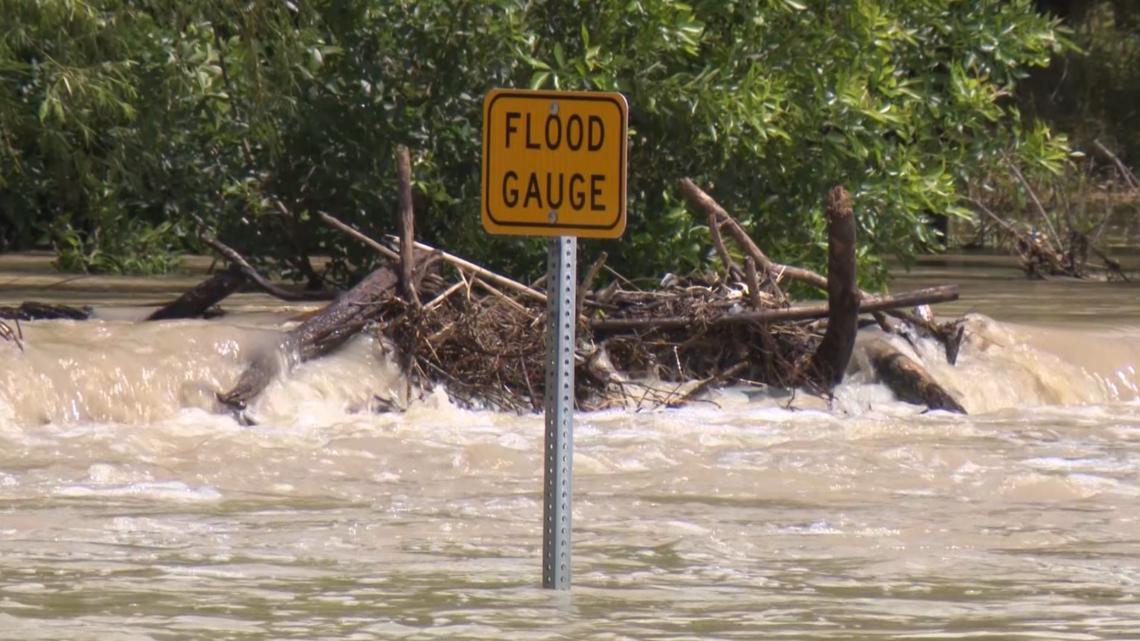
The San Antonio region hasn’t been completely drought free for three and a half years. Did we make strides in June?
SAN ANTONIO — It took San Antonio’s rainiest day in 12 years to nudge most of the metro out of “exceptional drought,” the most severe status issued by the U.S. Drought Monitor.
Even still, west Bexar County continues to experience exceptional drought, according to the latest report from the agency. That means more rain is needed to improve conditions further.
The Drought Monitor’s newly released report examines changes in dryness conditions over a seven-day span ending on Tuesdays. This week’s status upgrade takes into account the historic – and deadly – rainfall that drenched the Alamo City on June 12, when the San Antonio International Airport recorded 6.11 inches of rain.
That number represents nearly a third of the city’s total rainfall up to this point in 2025. We’ve received just under 19 inches of rain, outpacing the 16.11 inches San Antonio usually gets through the first six months of the year, according to historical data from the National Weather Service (NWS).
Yet much of South Texas remains in “extreme” or “exceptional” this week, according to the Drought Monitor. It’s a different case for North Texas, which has been largely drought-free this month.
Bexar County hasn’t been completely out of “exceptional drought” status since Feb. 25, 2025. And we haven’t been totally drought-free since the final days of 2021.
But comparing the current drought status to where things stood a year ago puts South Texas’ dryness into stark relief, even despite this month’s rainfall. In mid-June 2024, exceptional drought was nowhere to be found in Texas; today is afflicts much of the Upper Rio Grande and a large region west of San Antonio.
Unfortunately, the next several days will be dominated by dual trends of hot and humid to go along with minimal chances for more precipitation. Friday brings a 20% chance of rain to San Antonio, but that drops to 10% on Saturday and 5% for several days after, according to the NWS.
